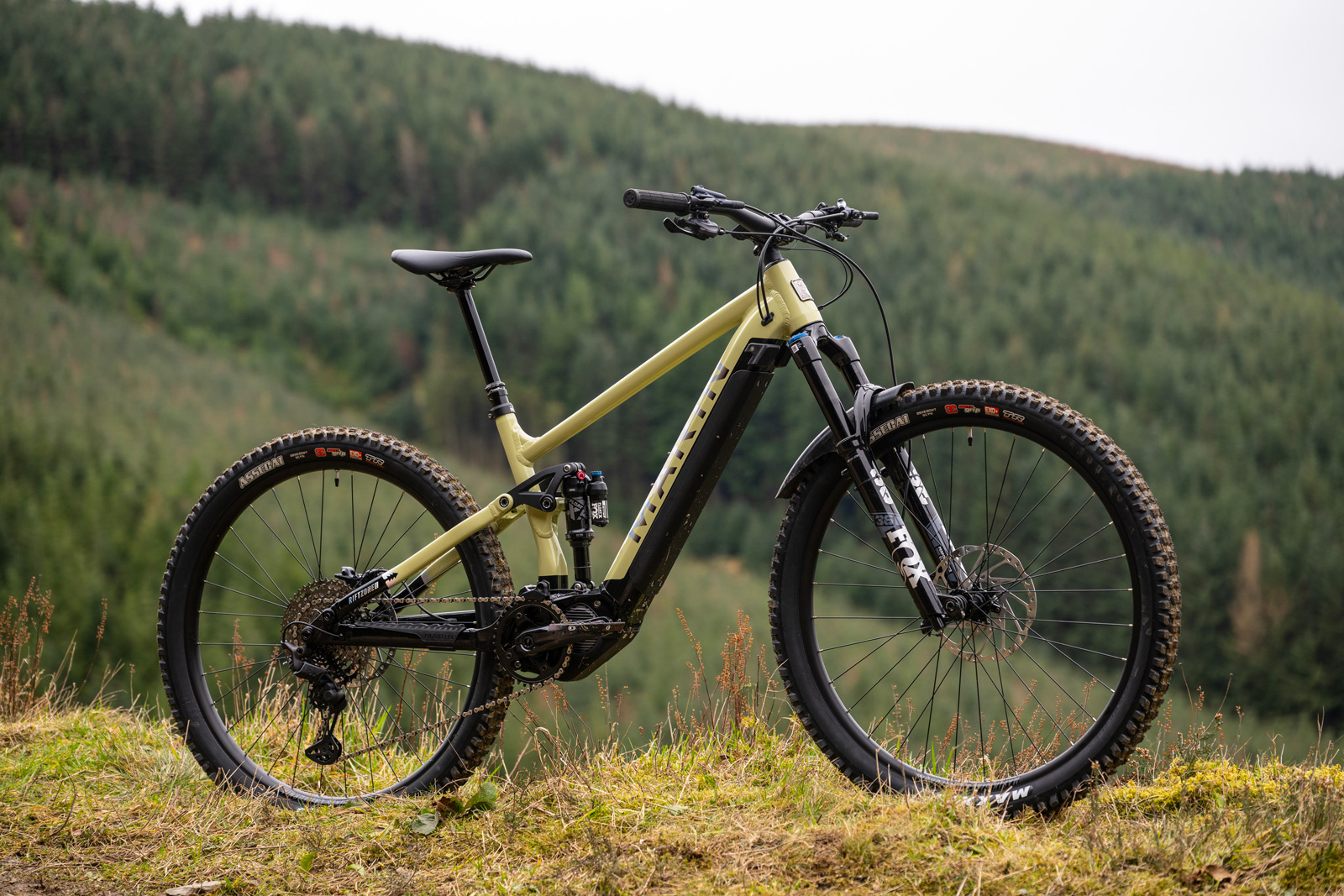Marin has added a second eBike to its range of mountain bikes; the Marin Rift Zone E. Roughly based on the Rift Zone 29 Trail Bike, the Rift Zone E rolls on a 29″ wheelset, but is boosted in the travel department to a balanced 140mm. Three aluminum models are launching today, built around the latest Shimano EP6 and EP801 Motors with a maximum battery capacity of 630 Wh, with pricing starting at $4,499 USD.
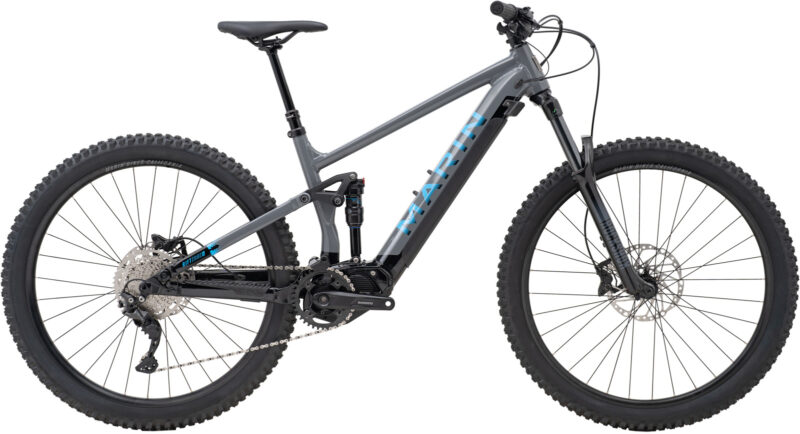
Marin Rift Zone E
- Fork Travel: 140mm
- Rear Wheel Travel: 140mm
- Wheel Size: 29″
- Frame Material: Aluminum
- Sizing: S-XL
- Battery Capacity: Up to 630 Wh
- Starting Price: $4,499 USD
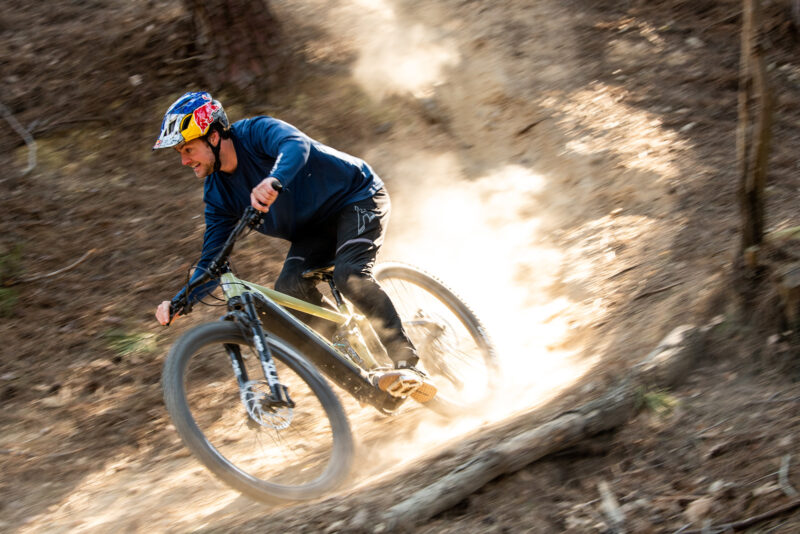
The Rift Zone E is Marin’s trail-oriented eMTB with 140mm of rear wheel travel delivered by a linkage-driven single-pivot suspension platform the brand call MultiTrac. It balances that with a travel-matched 140mm fork with a 42/44mm offset. In keeping with its shorter travel numbers, the Rift Zone E has a less aggressive geometry than its longer-travel sibling; the Alpine Trail E.
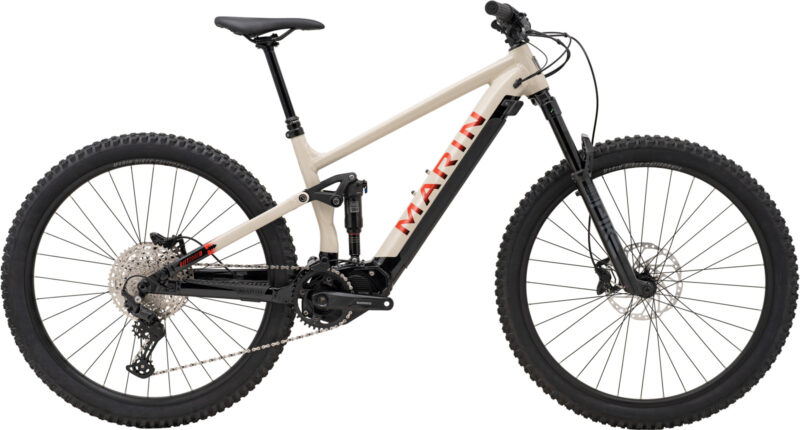
This one gets a 65° head angle, a reach of 485mm on the size large, and 440mm chainstays across the S-XL size range. The seat tube angle is quoted as a consistent 77°. While some of its dimensions do match those of its acoustic sibling, the longer rear-center length makes the eMTB the bigger of the two with a much longer wheelbase of ~1247mm on the size large.
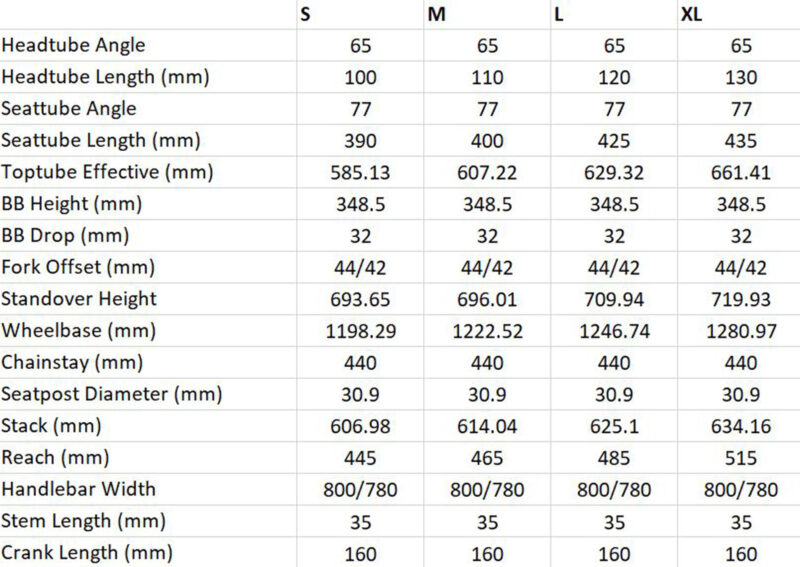
Like the more enduro-oriented Alpine Trail E that was updated last month, all three Rift Zone E models launching today benefit from CushCore Pro tire inserts and Marin tire sealant. These $150 USD vibration-damping rim-protecting inserts sit within 29″ x 2.5″ Vee Tire Co Attack HPL tires, protecting Marin’s 29mm internal width aluminum rims.
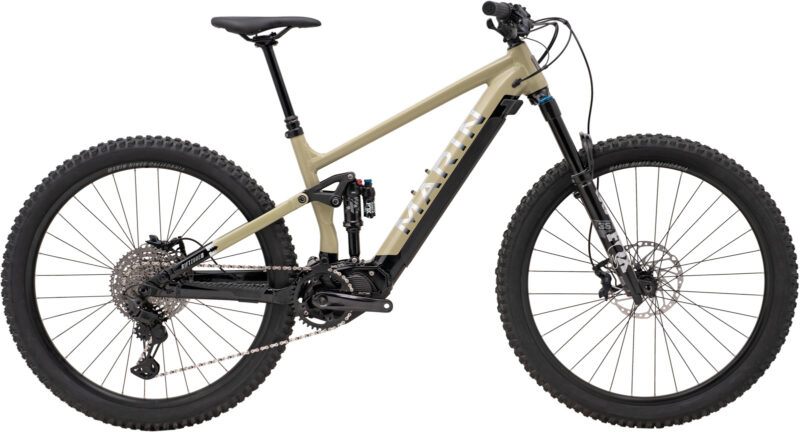
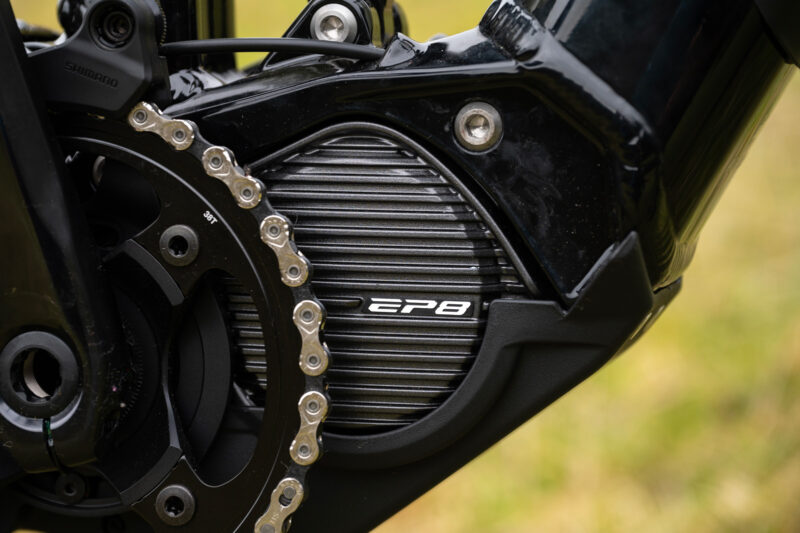
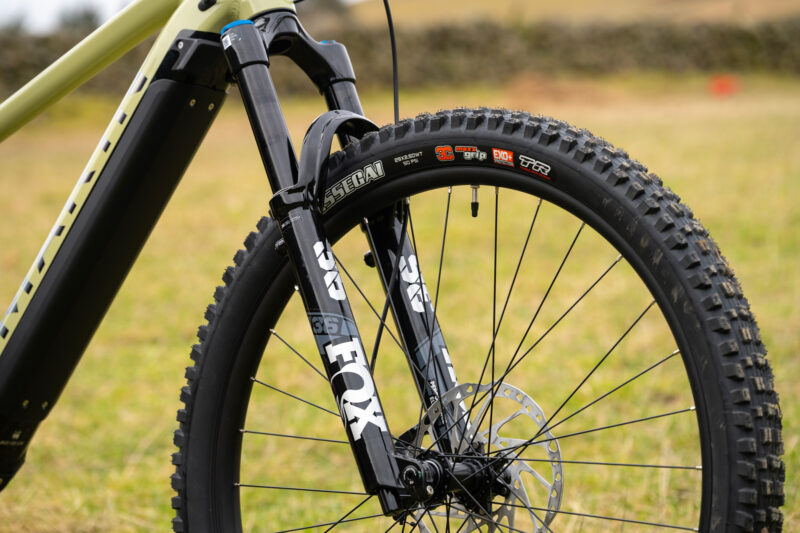
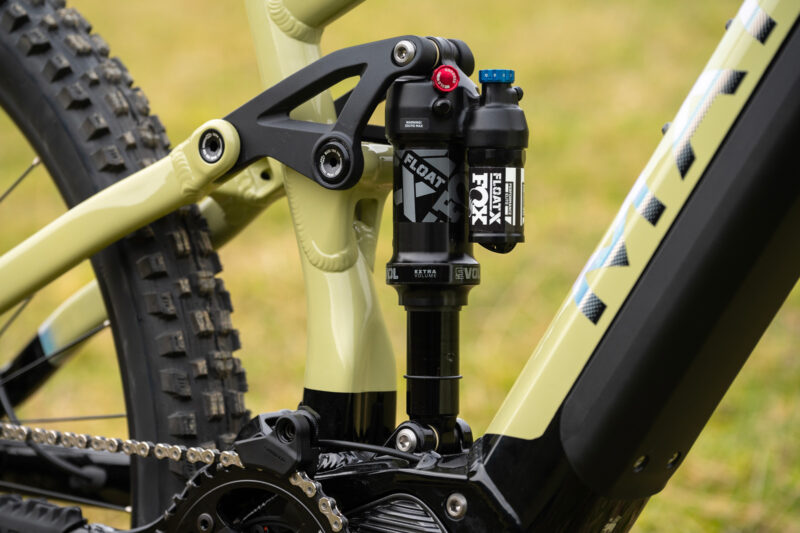
Marin Rift Zone E Kinematic
Marin says their goal with the Rift Zone E was to produce a leverage curve that allows for easy tuning Over the 140mm of travel, overall progression comes in at 24.2%.
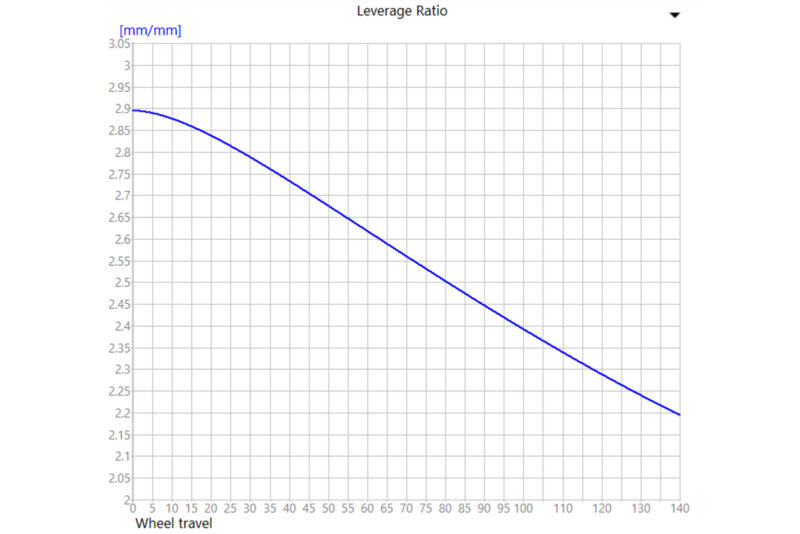
With the anti-squat, the brand’s goal was to keep it just north of 100% around the pedalling zone. According to the graph provided, the suspension will have a slight tendency to rise up out of its travel under accelerations induced by pedalling – the data pertains to a 34T chainring and the 10T cog of the cassette.
For the anti-rise, we are told the aim was to keep it as close to 100% as possible throughout the entire stroke, in order to ensure the chassis remains stable under braking.
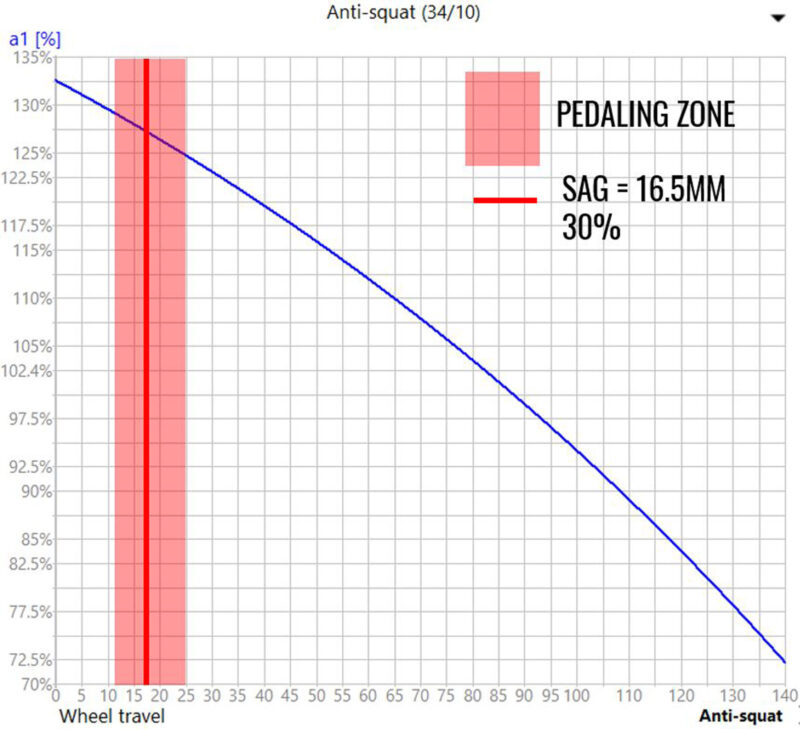
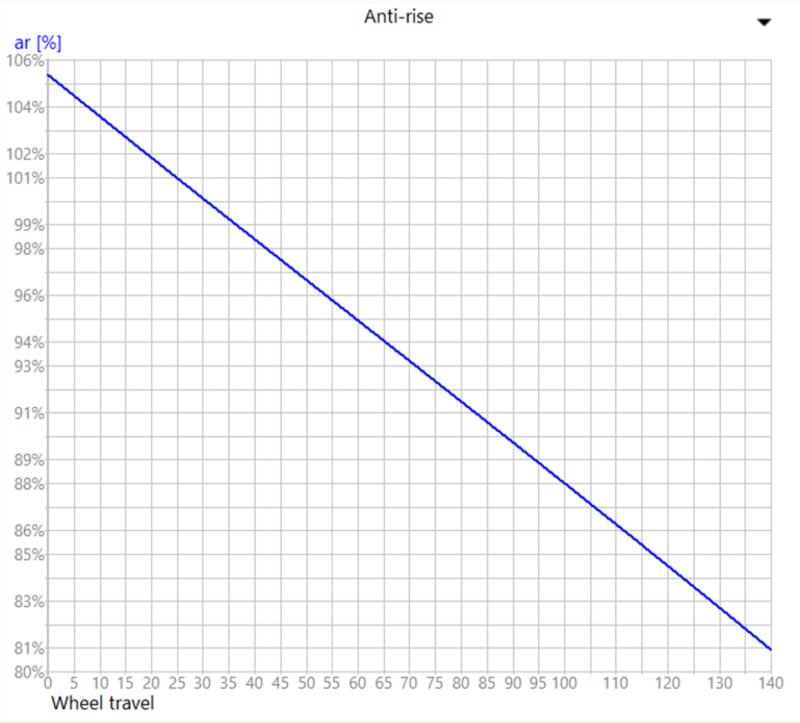
You can find full spec and pricing information on the Marin Bikes website.
